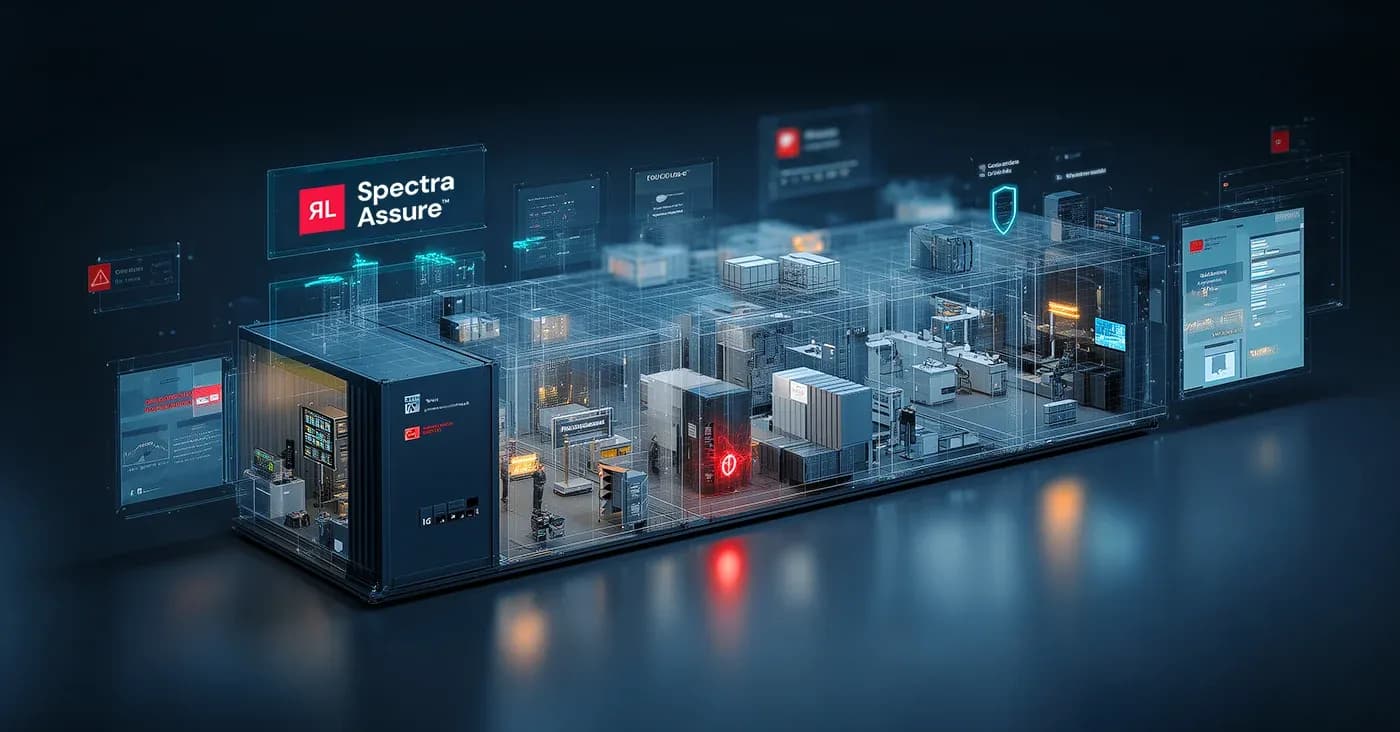
NuGet malware targets Nethereum tools
Highlighting an alarming trend, RL has discovered malicious packages targeting crypto wallets and OAuth tokens to steal funds.
The Spectra Assure™ Software Assurance Foundational Evaluation (SAFE) Report delivers the most comprehensive SBOM and risk assessment of any binary to demonstrate what secure, trusted software looks like.
Spectra Assure’s AI-driven Complex Binary Analysis recursively deconstructs large, and complex software packages to identify embedded threats like malware, tampering, malicious behaviors, exposed secrets, and more. This data is then synthesized into an easily digestible, actionable, and shareable SAFE report that helps to assess embedded software risks and threats, demonstrate compliance, and attract and retain customers.
The SAFE report combines an SBOM with a comprehensive software risk assessment. Its contents exceed regulatory expectations and demonstrate a level of analysis well beyond the scope of SBOMs and traditional security testing tools and methods.
The SAFE report fills a much needed gap left behind by traditional AppSec tools, SBOMs, and traditional third-party cyber risk assessment methods that fail to adequately bring visibility to software supply chain risk and demonstrate due diligence to industry regulators and auditors.
Software supply chain attacks are increasing in cost and frequency:
The frequency of software supply chain attacks have seen triple digit increases according to Gartner, and costs of software supply chain attacks will rise 200% from $46 billion in 2023 to $138 billion by 2031.
By adopting SAFE, organizations are better equipped to safeguard against the complex and evolving nature of software supply chain threats, ensuring a more secure and resilient digital infrastructure.
Shifting regulatory/legislative climate:
Multiple regulatory agencies in both the United States and European Union have committed to curbing cybersecurity threats with new guidance, regulations and penalties:
The SAFE report aligns with the rigorous expectations of these diverse regulatory bodies, enabling organizations to navigate the intricate regulatory landscape, ensuring compliance while fortifying their software supply chain defenses.
CISO liability
The CISO role has been elevated in organizations and, with it, comes increased scrutiny and personal liability. The SEC are citing laws including the Securities Act of 1933 and the Securities Exchange Act of 1934 to hold CISOs personally accountable for cybersecurity lapses with penalties ranging from fines, all the way to jail time.
The SAFE report emerges as a crucial tool for CISOs by synthesizing software supply chain risk and threat data into clear, digestible and actionable insights for technical and non-technical stakeholders. The SAFE report enables CISOs to identify gaps in their existing controls and processes and gain the visibility needed to manage risks effectively.
CVE is Failing
The reliance on the Common Vulnerabilities and Exposures (CVE) system as the backbone of cybersecurity risk management is increasingly problematic, particularly in the context of software supply chains.
SAFE goes beyond just identifying known vulnerabilities to identify malware, tampering, exposed secrets, malicious behaviors, and proper hardening techniques. These findings are then mapped to specific components within a comprehensive SBOM, further enabling businesses to validate the integrity of the components used in their software.
Surface-Level Risk Assessments
Third-party risk professionals have relied on a suite of highly manual, often cumbersome solutions to evaluate vendor software risk. These solutions do not adequately identify the risk and threats in third-party software, and simply are not built to scale with the size and complexity of modern commercial software.
The SAFE report introduces a greater visibility into commercial software risks and threats, enabling transparency and collaboration between enterprise software buyers and their vendor partners. It provides details into risk categories that are overlooked by SBOMs and traditional third-party cyber risk methods by cataloging every first-, second-, and third-party component and providing actionable feedback if those components contain hidden threats like malware, tampering, suspicious behaviors, or others.
SAFE Use Cases:
The SAFE report can be adopted by AppSec and Development teams for organizations that build software, as well cyber risk professionals like TPRM, TPCRM, GRC, IT, and Procurement within enterprises that purchase commercial software software:
Software Producers (CISOs, AppSec, Security Engineers, and Product Security)
Enterprise Buyers (GRC, TPRM, TPCRM, AppSec, IT Ops, and Procurement)
For more details on data and insights contained within the SAFE report, download our white paper.
Business Benefits of SAFE
Release with Confidence
The SAFE report provides enterprise software producers with early and actionable feedback on damaging software supply chain risks like malware, tampering, and exposed secrets without while encumbering speed-to-market.
Buy with Confidence
The SAFE report provides organizations with greater confidence in the security and reliability of the software they choose, streamlining the approval and acquisition process, and reducing spend on cumbersome and ineffective tools and processes.
Maintain with Confidence
With each commit, patch, release, and deployment, the SAFE report brings visibility to risks and threats within the software that runs your business, while demonstrating compliance in a complicated regulatory climate.

Highlighting an alarming trend, RL has discovered malicious packages targeting crypto wallets and OAuth tokens to steal funds.

What does the future of AI security look like? The latest National Defense Authorization Act gives us a glimpse.

Here’s how to create a compensating control in Crowdstrike to mitigate specific risks in a commercial software package.